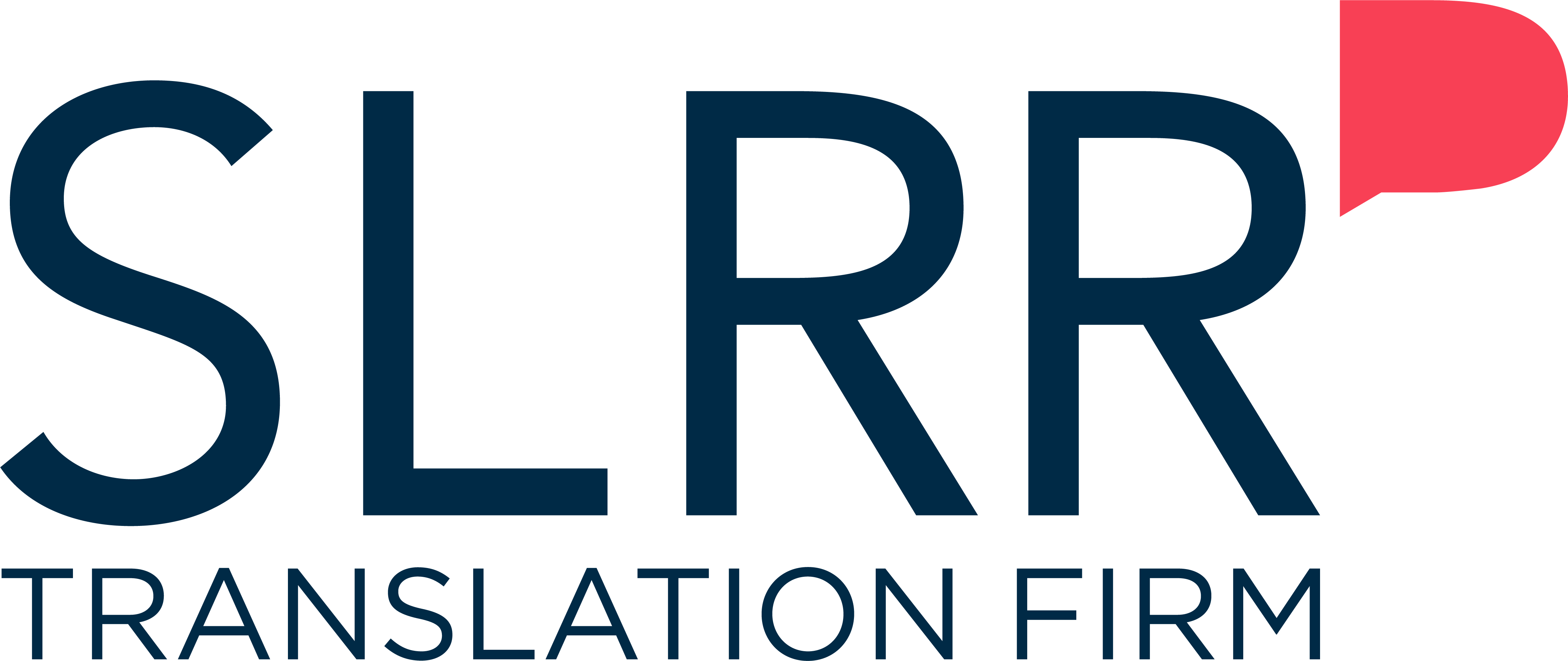
You’ve just bought a brand-new product. You get home and quickly unpack it so that you can try it out right away. But oh, what a disaster! The translation of the instruction manual is completely incomprehensible, and you have to spend a long time figuring out how to assemble, install, or use the product in question. Is there anything more frustrating?
Precision is an essential quality of any translation, but this is even truer when it comes to the translation of instruction manuals. A poorly translated instruction manual can not only harm the image of the manufacturer, it can also seriously endanger the safety of the users of the product in question. The manufacturer may also experience a decline in sales and lose the trust of their customers.
The following three elements are essential for instruction manual translation:
The use of professional translators for instruction manual translation
Given that precision is an essential aspect of instruction manual translation, you should rely on professional translators who are familiar with your line of business and – above all – who understand what they’re translating! The translation of instruction manuals often falls within the field of technical translation, because it involves specialized terms and concepts (related to electronics, computing, engineering, etc.).
The translators who are entrusted with the translation of instruction manuals must not only possess specialized knowledge, they must also be able to produce clear and idiomatic translations that will be fully understood by the readers. Given the importance of accuracy and clarity for people’s safety, machine translation software is never a good solution for translating instruction manuals. A human touch is needed.
The adaptation of the instruction manuals to the recipients
When it comes to the translation of instruction manuals, it’s very important for the texts to be tailored to the people who will be reading them. We can distinguish between two main categories of recipients:
Technical specialists: Certain instructions are intended for specialists, such as assembly, installation, maintenance, and repair instructions for devices, systems, or machines. These texts are often highly detailed and quite sophisticated. You therefore need to rely on technical translatorswho have knowledge and experience in the field in question.
Consumers: In the case of instructions intended for consumers who are buying a product, the translations must be adapted and simplified so that they can be understood by non-specialists and so that the products can be used safely.
The quality control of the translations
One of the main advantages of doing business with a translation agency is that you can take advantage of the quality control service offered by experienced revisers. You can therefore be certain that your translations are accurate and suited to the context. In addition, if you manufacture multiple products, you’ll obviously want consistent translations that use the same terms and the same style. That’s another reason to use a professional translation agency for the translation of your instruction manuals, because all your texts will be entrusted to the same group of people.
Are you looking for a partner for the translation of your instruction manuals? Look no further! SLRR Translation Agency offers all the services you need.




